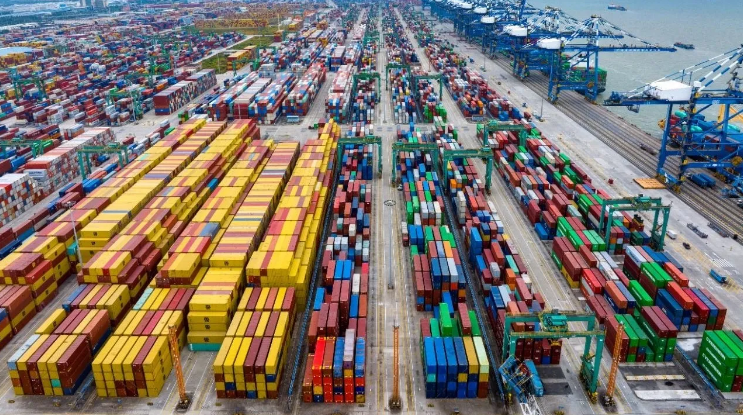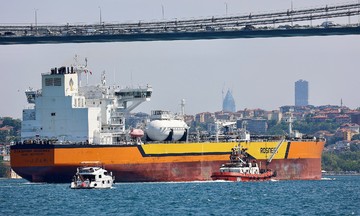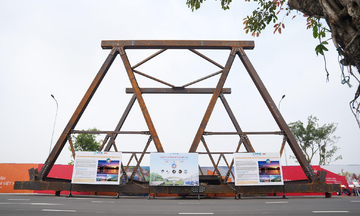According to the operator, revenue for the first half reached 6.9 billion CNY, with a profit of 853 million CNY. The port stated it capitalized on development opportunities in the Nansha area, optimized its transport network, and improved operational efficiency at its terminals, thereby maintaining throughput growth.
 |
Guangzhou Port - China's largest inland container port. Photo: Guangzhou Port |
The cargo structure also improved, with foreign trade containers accounting for over 50% of the total throughput. In the first six months, the port added 7 new foreign trade routes, bringing the total number of container routes to 224, including 179 international routes. Foreign trade container volume reached 6.9 million TEU, a 21.4% year-on-year increase. The Nansha port area alone saw a 25.5% increase, outperforming other major coastal ports in China.
Some foreign trade goods passing through the port saw significant increases, including steel (226.1%), coal (18.6%), and commercial vehicles (4.9%). Meanwhile, grain, pulp, and construction materials decreased by 4.5%, 10.9%, and 18.3% respectively, due to industrial policy and domestic demand.
Sea-rail combined transport volume reached 315,000 TEU, a 23% year-on-year increase. Guangzhou port currently operates 39 sea-rail transport routes, connecting 37 inland ports and offices.
Guangzhou port plays a vital role in China's comprehensive transportation system. It serves as a gateway for energy and raw materials in Guangdong province and a major international container transshipment hub, particularly for routes to Africa.
The Dan












